

Browse by category
- Adaptive reuse
- Archaeology
- Arts and creativity
- Black heritage
- Buildings and architecture
- Communication
- Community
- Cultural landscapes
- Cultural objects
- Design
- Economics of heritage
- Environment
- Expanding the narrative
- Food
- Francophone heritage
- Indigenous heritage
- Intangible heritage
- Medical heritage
- Military heritage
- MyOntario
- Natural heritage
- Sport heritage
- Tools for conservation
- Women's heritage
Routes through the wilderness: The development of a transportation network in Northern Ontario
Expanding the narrative, Community
Published Date: Jun 12, 2008
Photo: Ontario Northland Railway, North Bay
Isolation, great distances, demanding terrain and difficult weather conditions challenged the fortitude and perseverance of the people who forged water routes, roads, railways and air services through northern Ontario’s majestic expanse. Of the nearly 140 provincial plaques in northern Ontario, over 50 commemorate subjects that relate specifically to early northern exploration and the evolution of transportation systems that enabled the development and settlement of this region of the province. Six provincial plaques that pay tribute to these efforts are located along or near Highway 17 – the Trans-Canada Highway. Along this route, from North Bay to Thunder Bay, you can retrace the steps of many who have gone before.
Toward the end of the 19th century, plans for building a vast transportation network were proposed, which eventually included the construction of a railway that ran directly north from Lake Nipissing to Lake Temiskaming. In 1902, construction began on the Timiskaming and Northern Ontario Railway at North Bay. Work progressed rapidly despite many difficult sections of terrain. By 1908, the main line had reached Cochrane and branch lines were built to other new mining areas. By 1932, this provincially owned railway was extended to Moosonee. In 1946, it was renamed the Ontario Northland Railway. The plaque that commemorates this railway is located at the Tourist Information Centre in North Bay.
By the 1920s, much of the north remained inaccessible except by aircraft. Although Austin Airways was not the first airline to operate in northern Ontario, it survived the longest and successfully made the transition from bush flying to passenger service. Initially located in Toronto, the company opened a base on Ramsay Lake in Sudbury in 1935; by 1938, Sudbury became its primary base of operations. The airline hauled freight, flew medical evacuations, helped fight forest fi res, trained pilots and transported tourists throughout the north. In the 1940s, Austin Airways diversified into other aerial activities. The company was absorbed into Air Ontario in 1987. The plaque to Austin Airways can be found near the Aviation Monument at Science North in Sudbury.
One of the earliest canoe routes through the north closely follows Highway 17. TheRoute of the Voyageurs followed the Ottawa River to its junction with the Mattawa River, went along the Mattawa to Trout Lake, over the arduous La Vase Portage through Lake Nipissing, down the French River and across Georgian Bay and the North Channel to Lakes Michigan and Superior. For two centuries, this route served explorers, missionaries and fur traders intent on opening the interior of North America. The plaque is located at the Swift Current Channel off Highway 6, approximately 15 kilometres north of Little Current.
In 1962, the Trans-Canada Highway – which runs from St. John’s, Newfoundland to Victoria, British Columbia – was officially opened. Nearly 30 per cent of the 7,823-kilometre route is located within Ontario. A provincial plaque to commemorate the highway stands at its halfway point at Chippewa River Park on Highway 17. This section of the Trans-Canada Highway provided a much-needed corridor that connected distant regions of the province. Special mention should also be made here of the Japanese-Canadians who were evacuated from coastal British Columbia to assist with the construction of this highway. Although the government stated that the evacuees were not internees, the men lived under strict restrictions and were not permitted to buy or lease property. A plaque entitled Japanese-Canadian Road Camps 1942-1944 honours their contributions. It stands in the Cenotaph Square in Schreiber.
A plaque in Thunder Bay stands six kilometres west of Kaministiquia River Bridge on Highway 61, which replaced the original Pigeon River Road. The plaque tells the story of the road, which was constructed in 1873-74 primarily to provide for the delivery of mail between Duluth and Thunder Bay during the winter months when navigation was closed on Lake Superior. The road was used by mail carriers until the completion of the Canadian Pacific Railway in 1882. With the arrival of the automobile, a new road to the American border was required. Highway 61 – or Scott Highway – was completed in 1917 and became one of the region’s popular scenic routes.
These accounts are just a few of the countless stories of courage and innovation that comprise the incredible heritage of northern Ontario – a wonderful legacy left by the people who travelled, worked and lived in this vast and challenging region of Ontario during its early years of development. Look for these plaques when you journey through the north and discover for yourself the beauty of the landscapes that greeted these tenacious people.


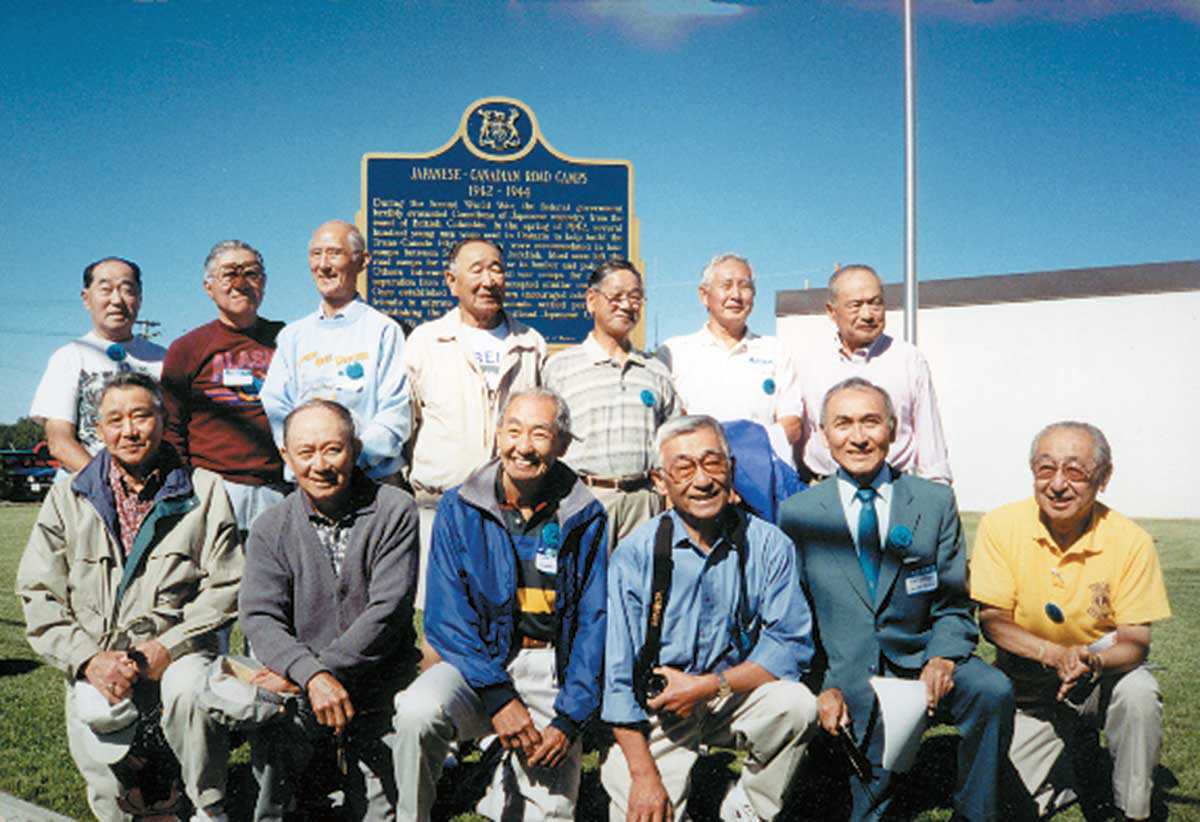
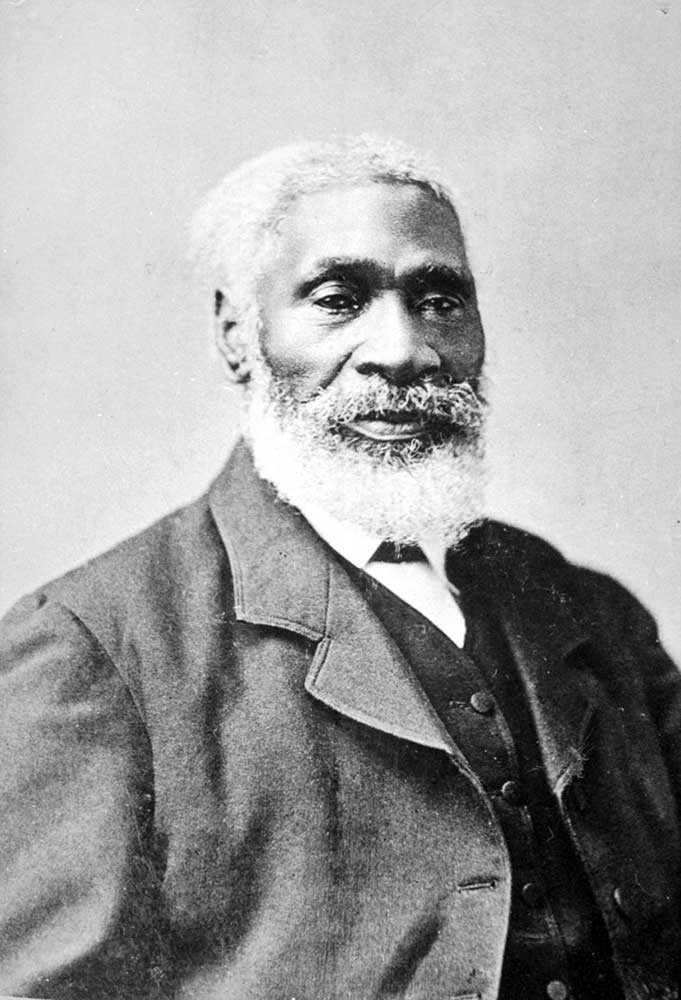
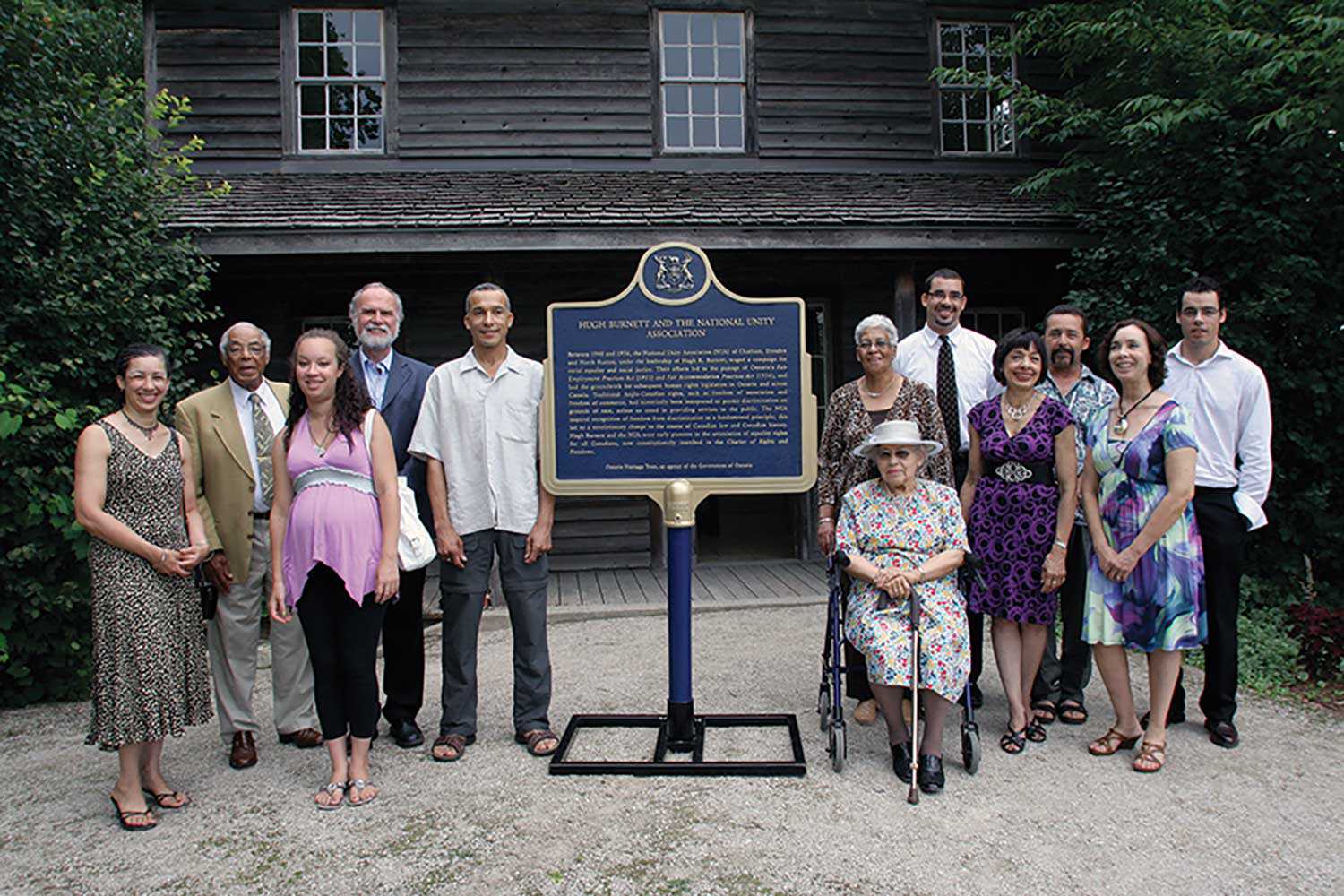










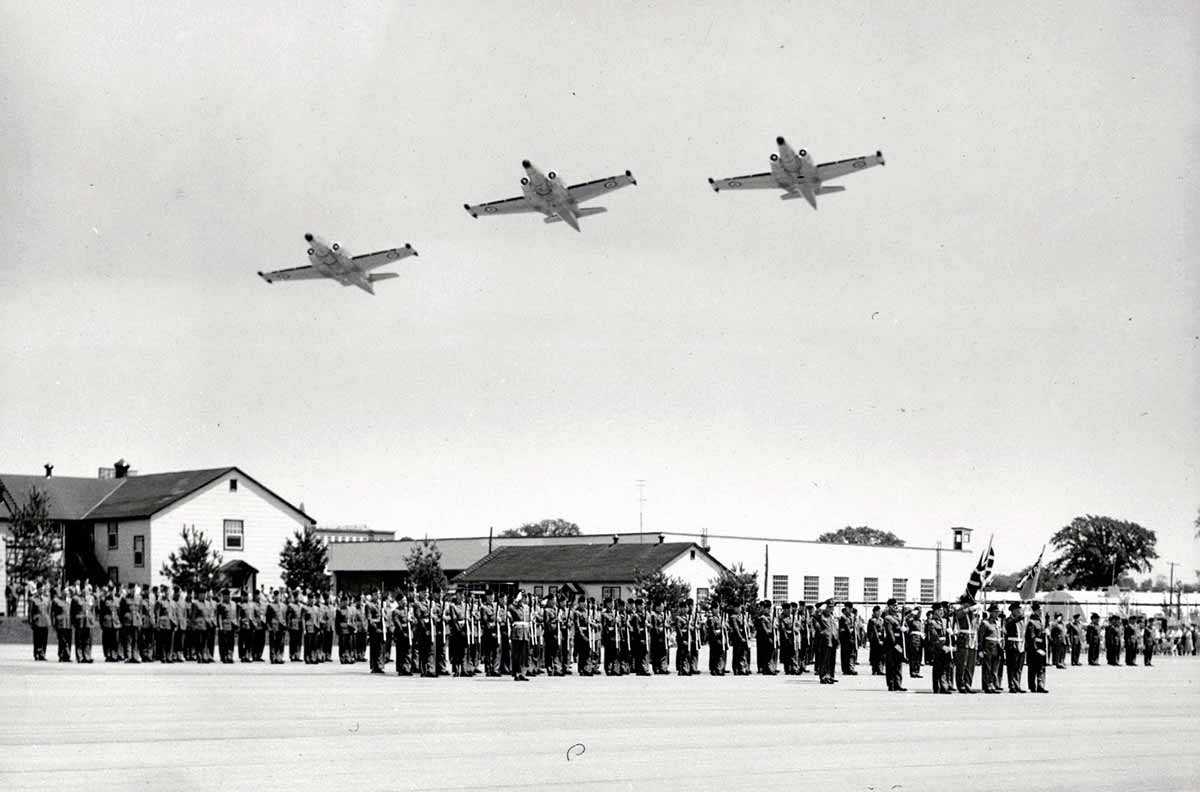








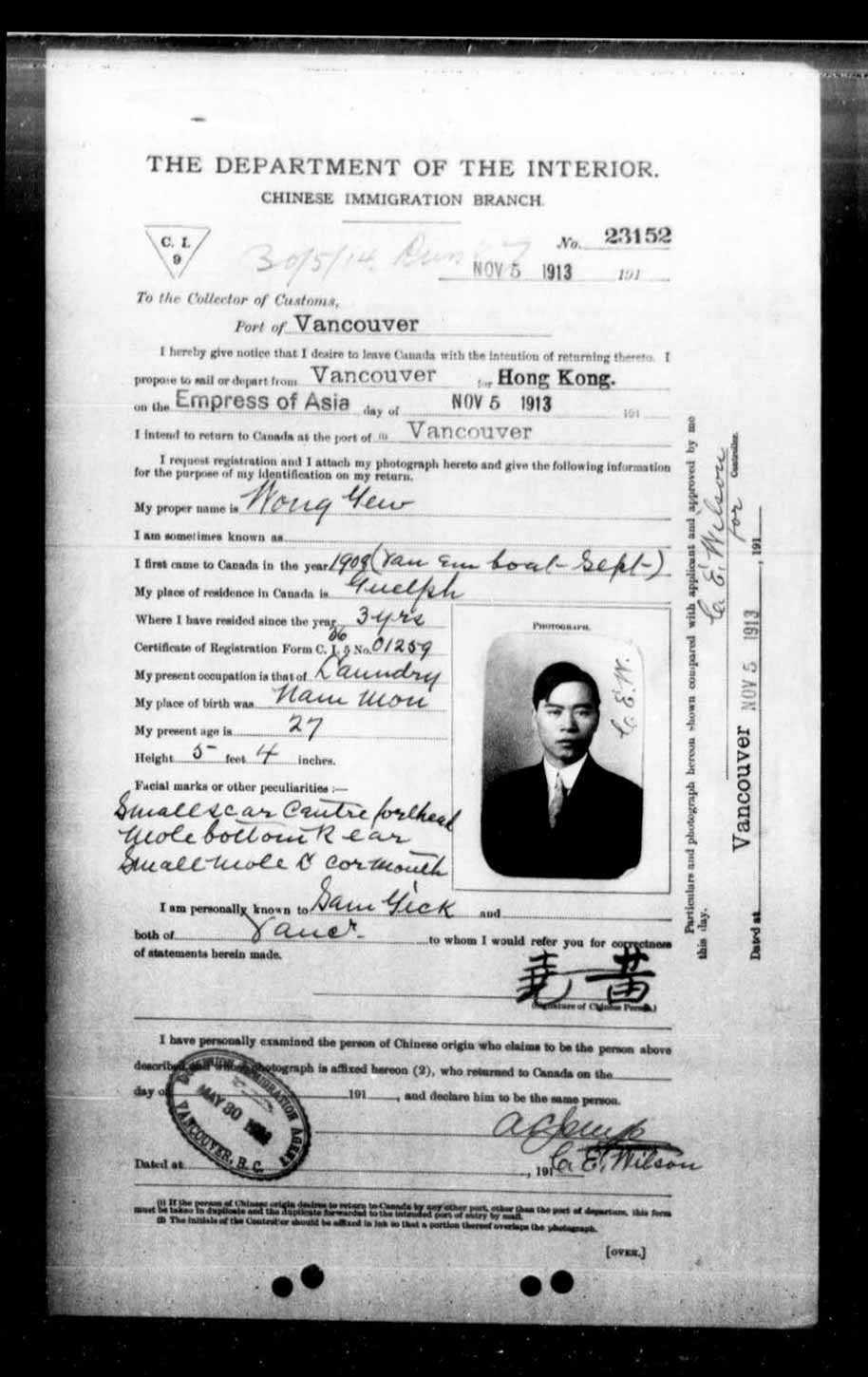


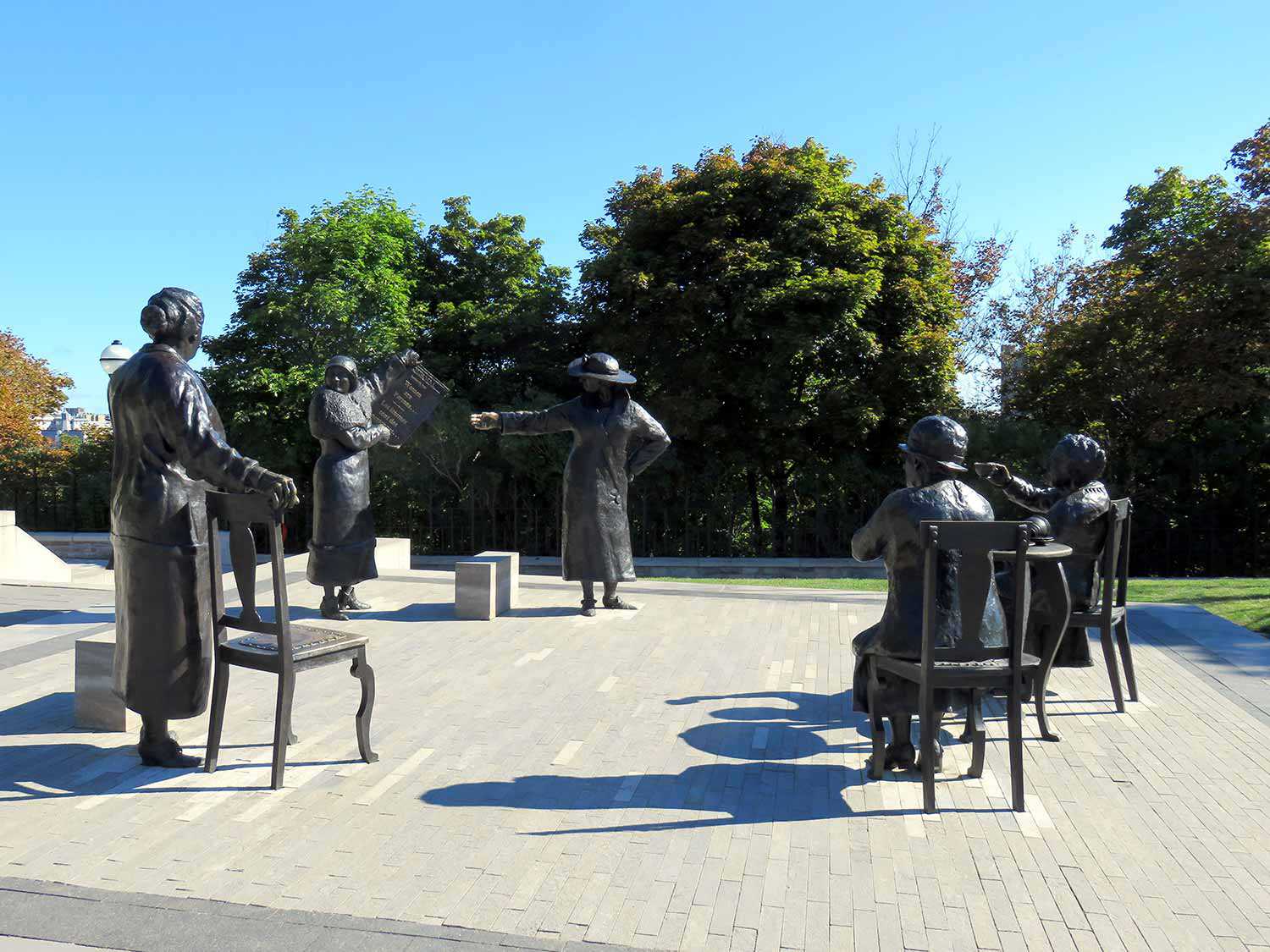
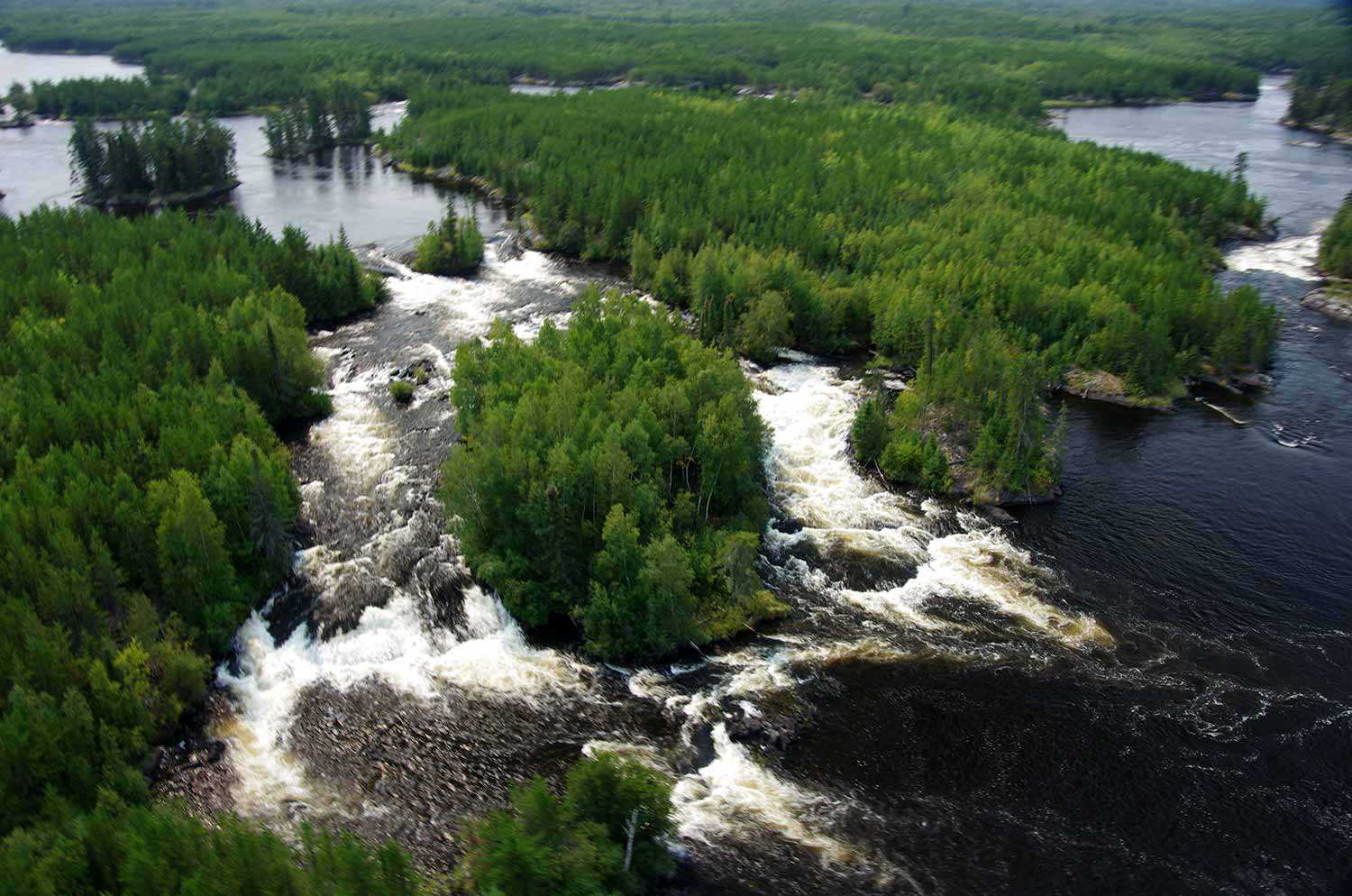






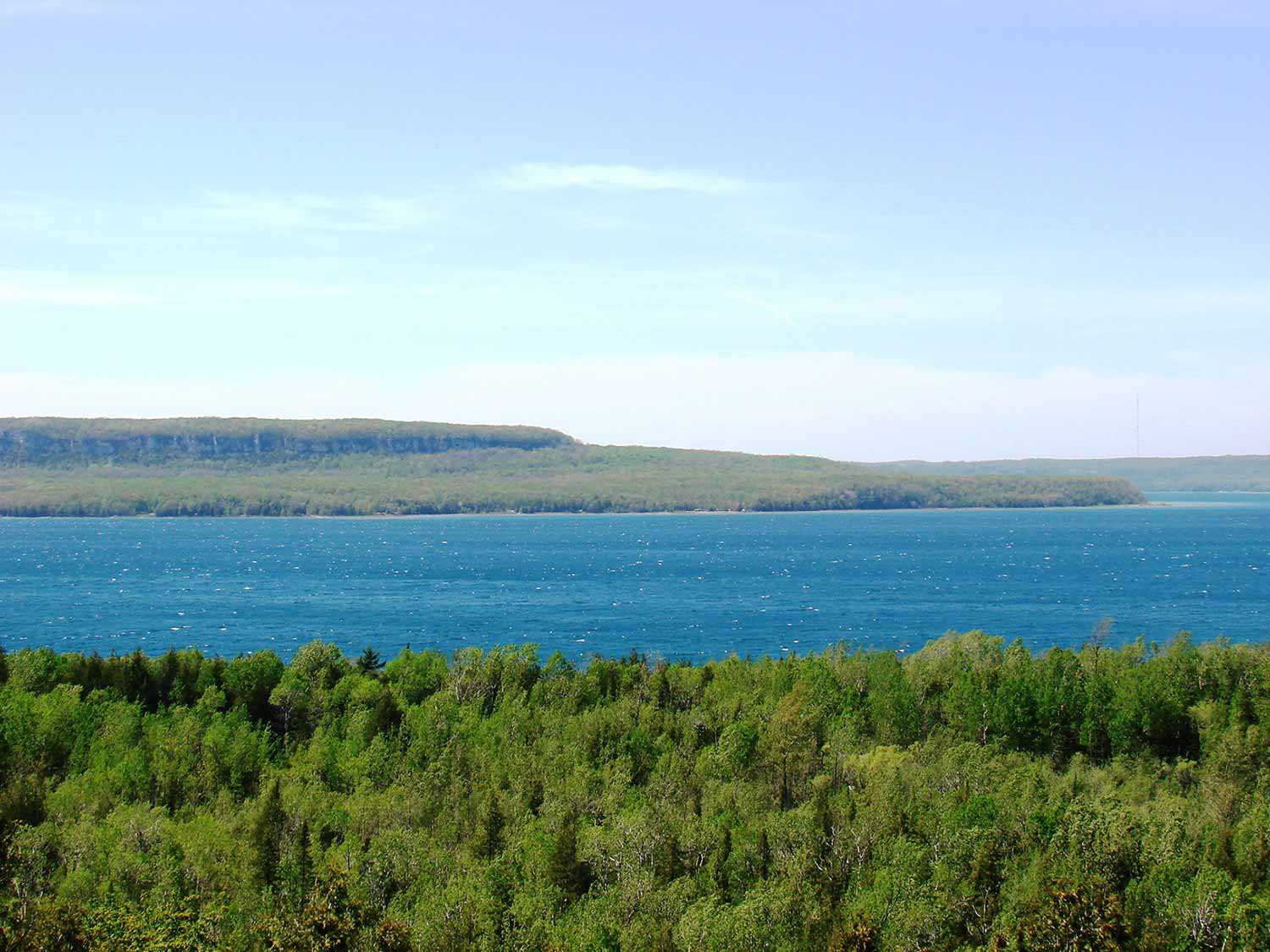
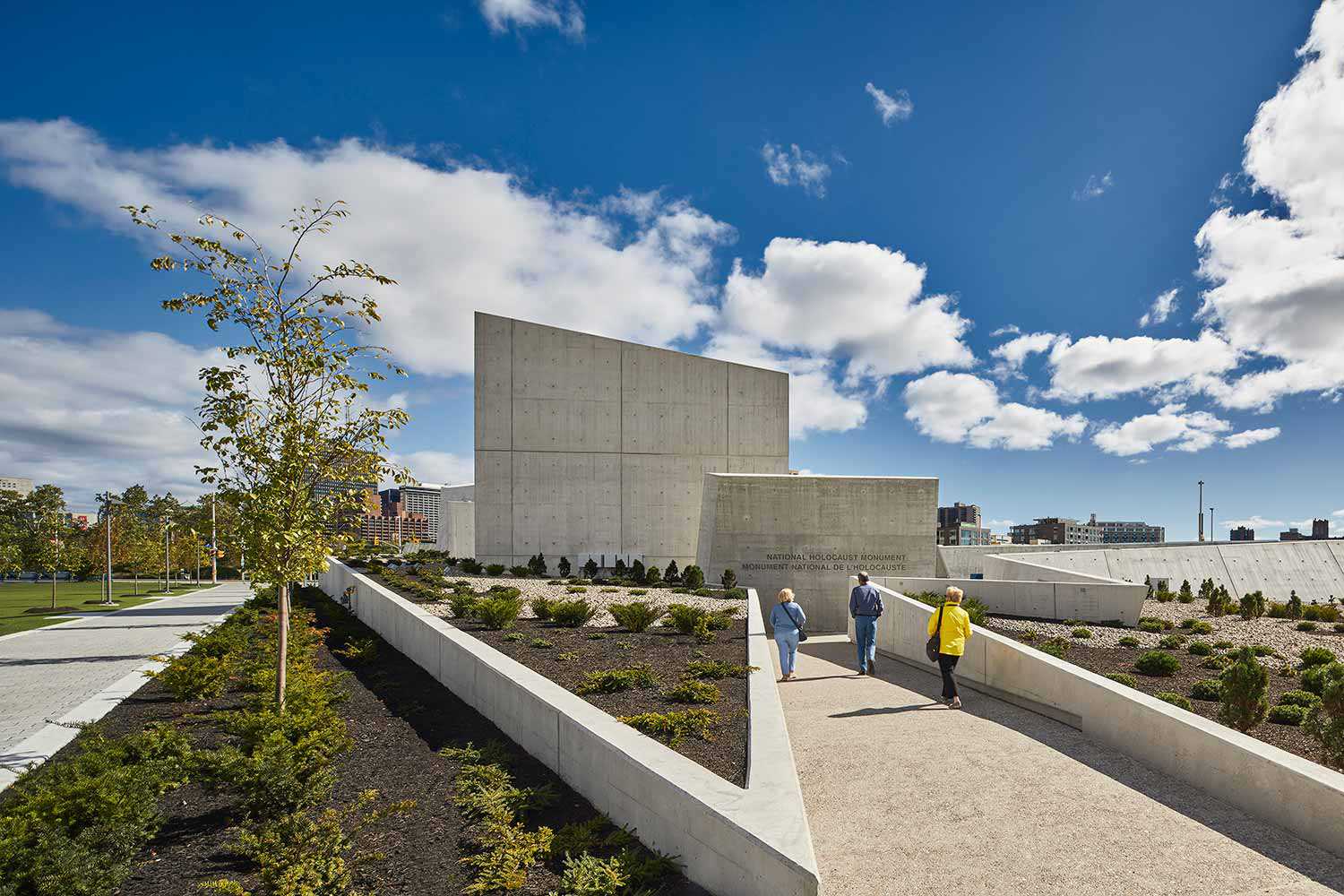




![J.E. Sampson. Archives of Ontario War Poster Collection [between 1914 and 1918]. (Archives of Ontario, C 233-2-1-0-296).](https://www.heritage-matters.ca/uploads/Articles/Victory-Bonds-cover-image-AO-web.jpg)



































































